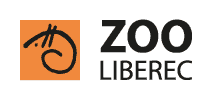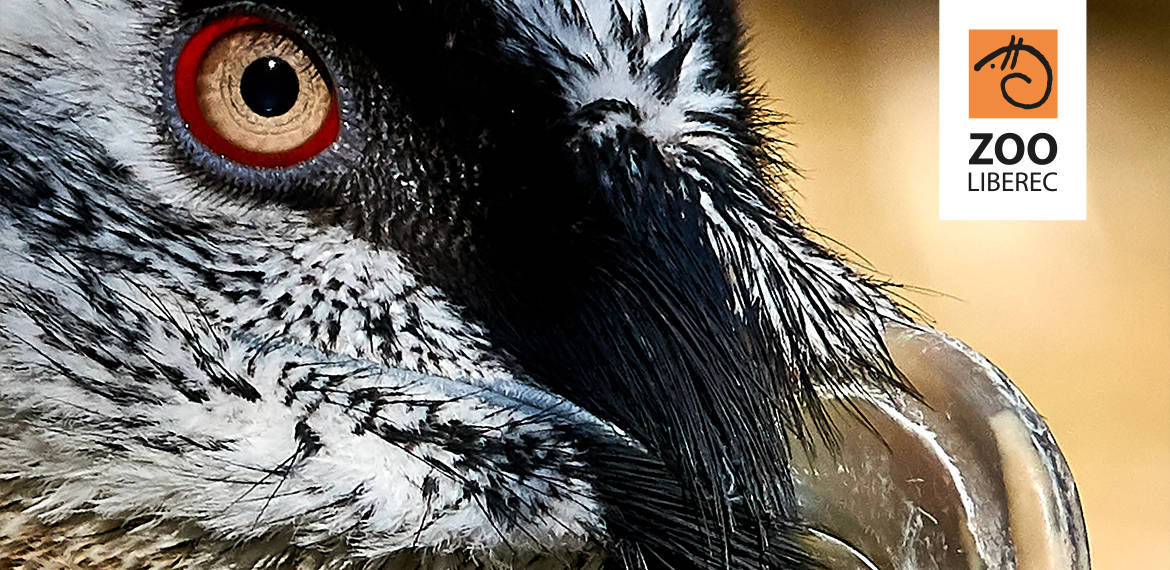An example of linking the conservation of endangered species in human care (ex situ conservation) and the conservation of species in their natural environment (in situ conservation) is the return of the bearded vulture (Gypaetus barbatus) back to European Apls. Thanks to modern zoos and other conservation institutions, repatriation programs (return of wild species to their native environment) successfully contribute to the preservation of biodiversity and at the same time helping to restore the functioning of an ecosystem that has been damaged by human activity.
Bearded Vulture
At the beginning of the 19th century, the bearded vulture was exterminated in the European mountains. However, conservation organizations decided to return this majestic bird of prey to our continent and in 1978 an international repatriation project “Return of the Bearded Vulture to the Alps” was created. The project involves over 35 European zoos, the administration of national parks in the Alps, the World Wildlife Fund for Nature (WWF) and specialised breeding stations for vultures. Within zoos, an EAZA Ex situ program (EEP) has been set up for bearded vultures and coordinates their movement among member institutions. The main goal is to reproduce adult vultures in human care and return their young to the wild. In 1986, the first individuals were released in the Austrian Alps. After 11 years, the repatriated bearded vultures managed to successfully hatched their first chicks.
Breeding of bearded vultures in Liberec
Zoo Liberec started breeding bearded vultures in 1993. The first chick was successfully bred in 2002. It was a male and it was the first bearded vulture from Zoo Liberec that was released in the Austrian Alps. Since then the chicks from Liberec Zoo are regularly involved in the repatriation program. At this moment there is a young couple of bearded vultures at Liberec Zoo and whose chick was released to the Alps in France in 2019. This chick was overall a 24th chick and 14th chick that was released back into wild.
Repatriation process
The youngs are usually released at the age of 4 – 5 months, when they are not yet able to fly. Before being released into the wild, the young bearded vulture receives an identification ring, several feathers are painted (for easier recognition in the sky) and some individuals receive a GPS radio on their back. They are carried in a special wooden box to a prepared artificial nest in the mountains, where it is released. For several weeks, conservationists bring food to its nest. Meanwhile the bearded vulture learns to fly, find food on his own and gets acquainted with the environment.
White-tailed Eagle and golden eagle
The first Liberec young of a breeding pair of white-tailed eagles (Haliaeetus albicilla) was released in the wild in Israel in 2001. Four years later, two more chicks joined him. The second species, a young golden eagle (Aquila chrysaetos) bred in a Liberec Zoo, was released in Odérské vrchy in 2015 as part of the project “Return of golden eagles to the Czech Republic”. The purpose and goal of the project was to return the golden eagle as a nesting species to the environment of the Czech Republic, where it was exterminated by man at the turn of the 19th and 20th centuries. (more on www.csopnj.cz)
More infromation avalable at: The Vulture Conservation Foundation
Watch a documentary about Liberec Zoo and bearded vulture conservation
Support this project

SWIFT (BIC): GIBACZPX
IBAN: CZ14 0800 0000 0000 0802 0612
Variable symbol: 81200010





